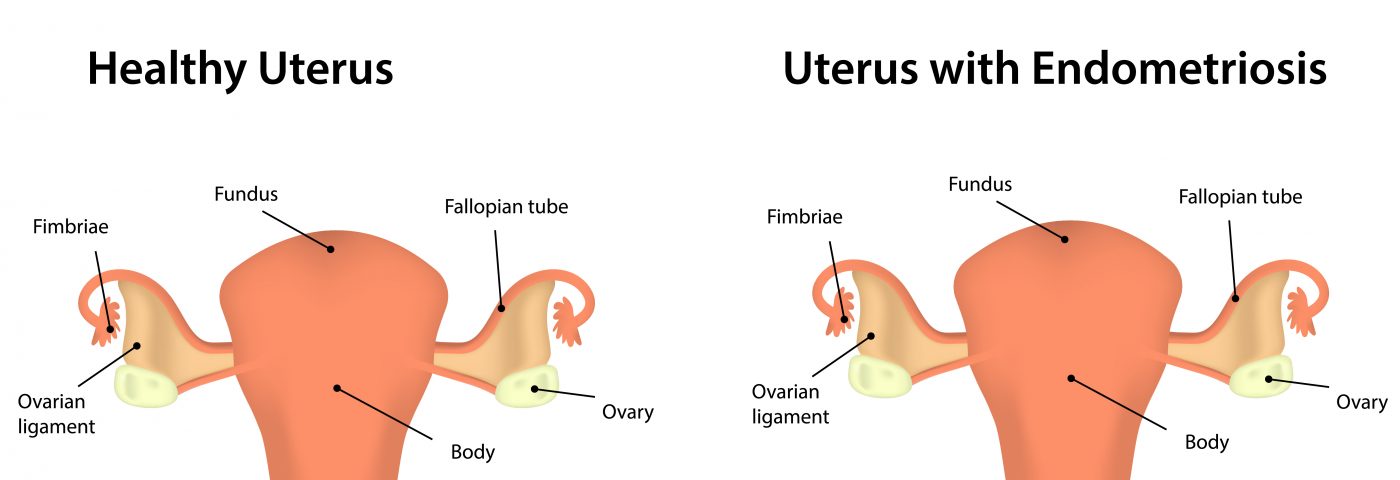The enzyme phosphatase of regenerating liver-3 (PRL-3) was identified as a key regulator of endometrial stromal cells’ (ESCs) migration in endometriosis. The study, “PRL-3 Is Involved in Estrogen- and IL-6–Induced Migration of Endometrial Stromal Cells From Ectopic Endometrium,” was published in the journal Reproductive Sciences.
PRL-3 overexpression has been found in several cancers, including colorectal cancer, gastric cancer, liver cancer, and lung cancer, leading researchers to propose it as a potential biomarker to determine both tumor aggressiveness and predict outcomes of tumor therapy.
Studies had previously observed a correlation between the expression of PRL-3 and clinical stages and recurrence of endometriosis. Now, researchers investigated the role of PRL-3 in the 17β-estradiol and interleukin 6 (IL-6)-induced migration of endometrial stromal cells (ESCs) from ectopic endometrium.
The team analyzed ectopic endometrial tissues collected from patients with endometriosis for the expression of PRL-3 in both ectopic and eutopic endometrium. They found that PRL-3 was highly expressed in both endometrial glandular cells (EGCs) and ESCs in the ectopic endometrium.
In comparison, researchers found in the eutopic endometrium a weak expression of PRL-3, which was restricted to EGCs. These results suggest PRL-3 may be involved in mediating the development of endometriosis.
Since 17β-estradiol and progesterone are two critical factors contributing to the development and progression of endometriosis, authors hypothesized a potential interaction between these factors and PRL-3 during endometriosis.
They isolated ESCs from ectopic endometrium, which were subsequently treated with 17β-estradiol or progesterone: They found that 17β-estradiol treatment upregulated PRL-3 expression, while progesterone downregulated it.
Moreover, IL-6 treatment alone or combined with 17β-estradiol also increased PRL-3 expression. When treated with an IL-6 antibody, the enhanced PRL-3 expression in ESCs from ectopic endometrium induced by 17β-estradiol treatment was completely reversed.
The team also found that treatment with 17β-estradiol alone and combined with IL-6 led to a significant increase in the migratory capacity of ESCs isolated from ectopic endometrium, which was dependent on PRL-3, since treatment with a PRL-3 inhibitor (sodium orthovanadate) completely abrogated migration.
These results suggest that PRL-3 plays a key role in the 17β-estradiol — and IL-6-induced migration of ESCs from ectopic endometrium.

